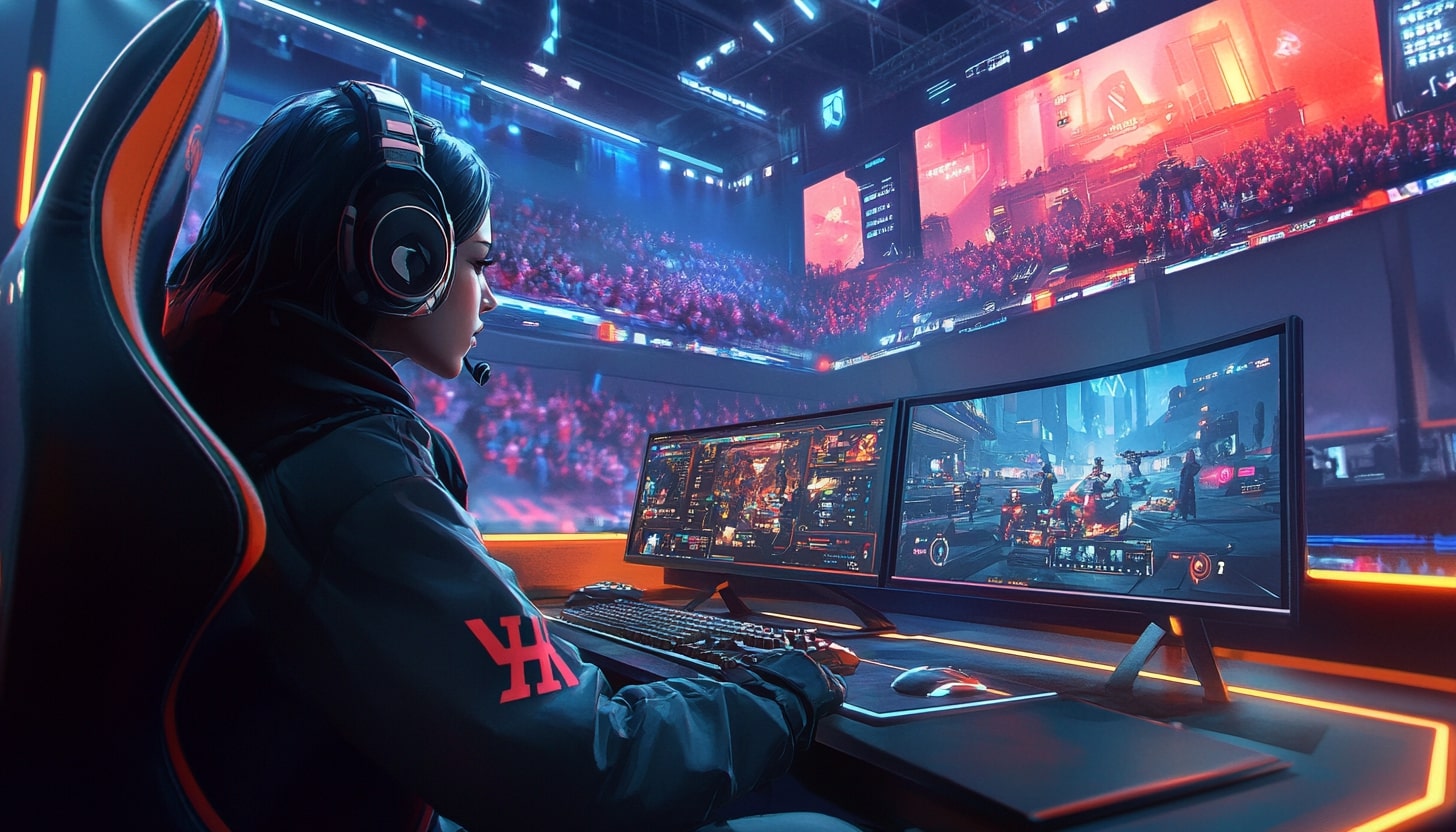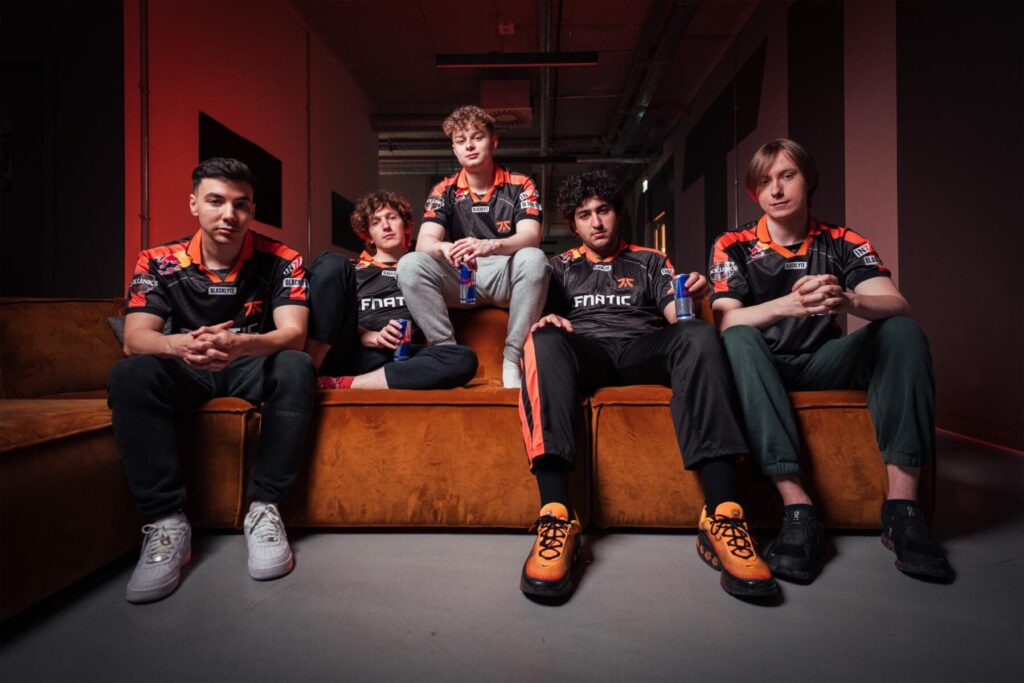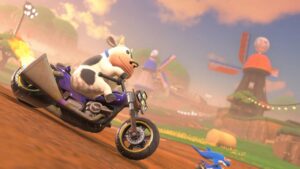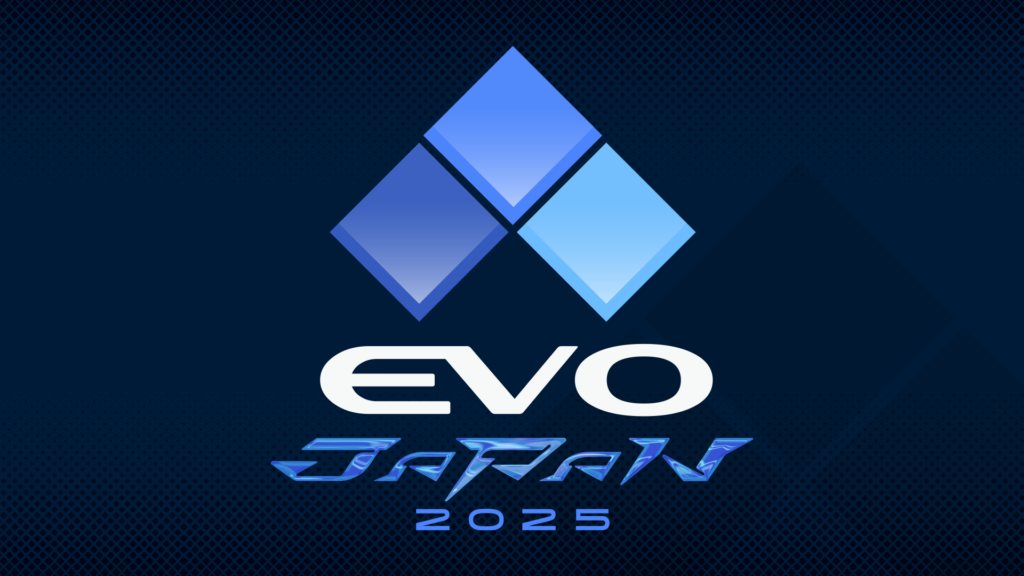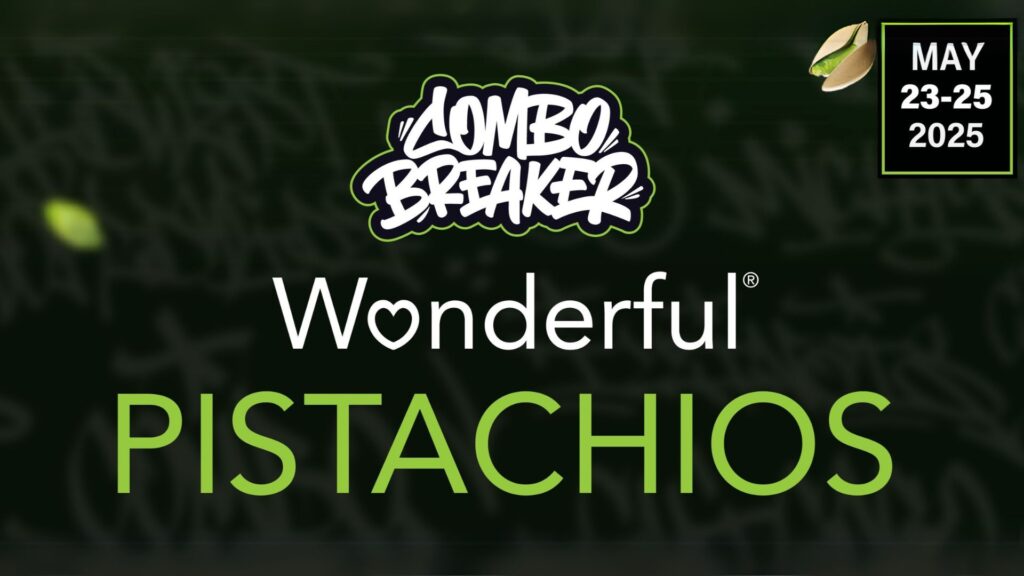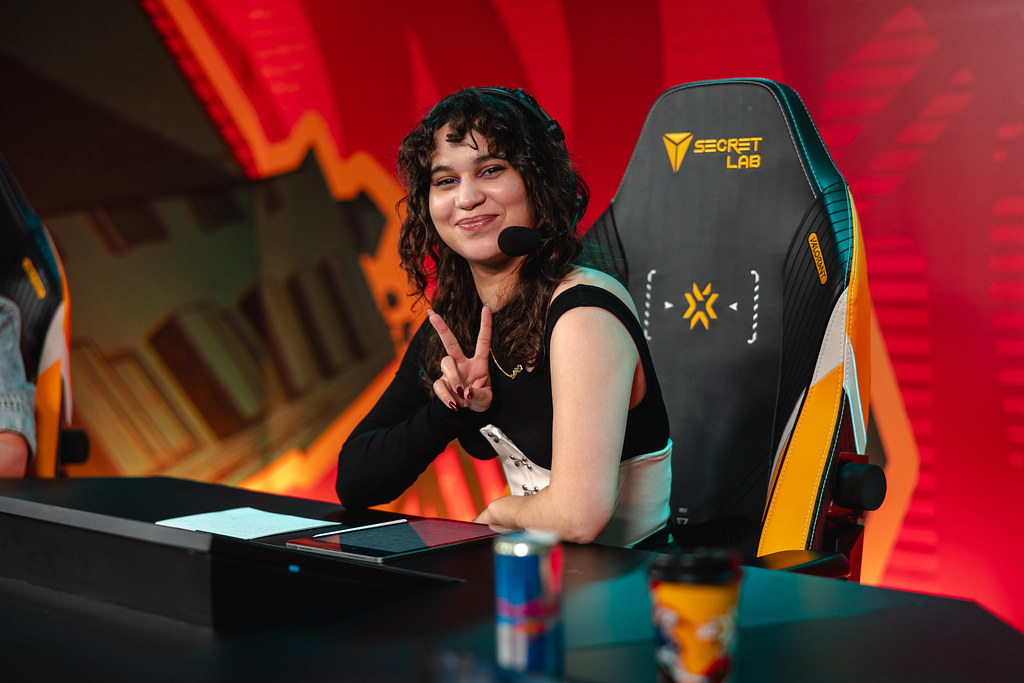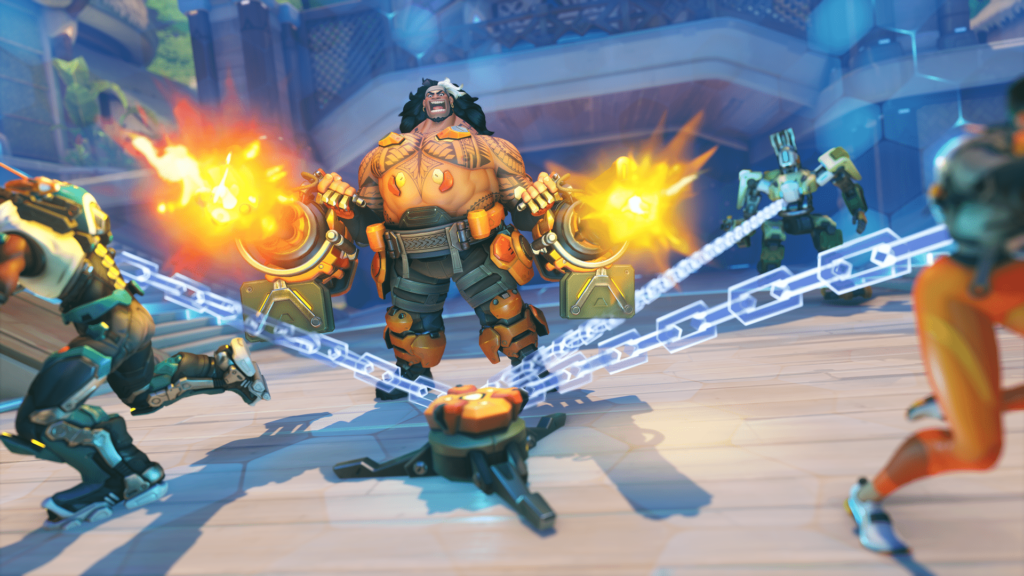
TL;DR
- This Overwatch 2 tier list is updated for Season 15 and split by role: Tank, DPS, and Support.
- S-Tier heroes dominate the meta and work well across all maps and comps – perfect picks if you’re trying to climb in Competitive.
- Top picks right now: Bastion, Echo, Sojourn, Torbjörn (DPS), Sigma and Zarya (Tank), Ana and Kiriko (Support).
- Tier rankings are based on patch notes, community stats, and pro play trends.
- Choosing the right Overwatch 2 character depends on your team comp, the map, and counter-picking the enemy.
- You don’t have to play meta – off-meta picks can still perform well in the right situations.
Wondering who to main in Overwatch 2 Season 15? With 42 possible heroes, Freja on the horizon, and all-new passive Perks, jumping into a game and picking the right character can feel overwhelming.
Especially with the constant balance changes and evolving metas, it can be hard to keep up, with some heroes thriving while others have completely fallen off. If you’re feeling lost, don’t worry.
That’s where our ultimate Overwatch 2 tier list comes in. We’ve broken everything down by role to help you lock in smarter picks and climb the ranks faster as we approach the end of the season.
Overwatch 2 tier lists explained
Like many online multiplayer games, the Overwatch 2 meta shifts with every patch, buff, and nerf. These constant changes make it harder for many players to keep track of what’s working and how to get the most out of their hero pool.
Therefore, a comprehensive Overwatch 2 hero tier list can make your choices easier, reflecting how well a hero performs in the current season’s ranked ladder and team compositions.
This tier list for Overwatch 2 Season 15 breaks down the strongest characters to play by role – Tank, DPS, and Support – and can be applied to both Quick Play and Competitive.
Looking for the best characters in Overwatch?
Keep in mind that any hero can win in the right hands, but some definitely make the climb easier. If you’ve got an off-meta main that’s working for you right now, don’t feel as though you have to pick from the S-tier. Play what works for you.

Overwatch 2 tier list criteria
Here’s a quick rundown of how these Overwatch tiers are organized:
- S-Tier – Must picks: The strongest tier. These heroes dominate the meta right now, with high win rates and strong performances across nearly all maps and team comps.
- A-Tier – Strong choices: Reliable picks that work well in most situations, even if they’re not quite as dominant as S-tier heroes.
- B-Tier – Situational: Still viable but often are map- or comp-dependent. May need more team coordination or effort to get their full value.
- C-Tier – Niche: Either underpowered, recently nerfed, or heavily countered. Not ideal unless you’re a pro at them.
- D-Tier – Avoid: Rarely effective in the current meta and hard to make work consistently.
Our rankings are based on the most recent patch notes, pro play trends, and community performance data. They will be updated as the meta shifts and evolves, so check back often.
Overwatch 2 tier list season 15: All heroes ranked

With over 40 heroes in the game, there are endless options for your next draft, especially when you factor in Perks.
Explore this complete list of Overwatch characters, ranked from S-tier to D-tier based on their global performance in Season 15.
| Tier | Heroes |
|---|---|
| S | DPS: Bastion, Echo, Sojourn, TorbjörnTank: Sigma, ZaryaSupport: Ana, Kiriko |
| A | DPS: Ashe, Cassidy, Genji, Pharah, Soldier: 76, TracerTank: D.Va, Junker Queen, Ramattra, WinstonSupport: Lúcio, Juno, Zenyatta |
| B | DPS: Junkrat, Mei, Reaper, Symmetra, VentureTank: Reinhardt, Wrecking Ball Support: Baptiste, Brigitte, Moira |
| C | DPS: Hanzo, WidowmakerTank: Doomfist, Hazard, Orisa, RoadhogSupport: Illiari, Mercy |
| D | DPS: SombraTank: MaugaSupport: Lifeweaver |
DPS tier list
The new Perks system in Season 15 has revitalized the DPS role, with unexpected heroes like Bastion and Torbjörn rising to the occasion.
For the first time in the game’s history, Torb is now one of the top heroes in the game, coming in with a solid 55.65% win rate across the board. Both his Major Perks buff his Turret, turning something once useless into a game-changer, now with the ability to stick to walls and become empowered. His “Fully Loaded” Perk also provides an instant reload, useful for gunning down Tanks.
Mobility and self-sustain are the names of the game right now, as two of Bastion’s Perks, “Self-Repair” and “Armored Artillery,” keep the friendly robot going for longer, providing ways to self-heal and gain temporary overhealth.
| Tier | Overwatch 2 damage (DPS) tier list |
|---|---|
| S | Bastion, Echo, Sojourn, Torbjörn |
| A | Ashe, Cassidy, Genji, Pharah, Soldier: 76, Tracer, Widowmaker |
| B | Junkrat, Mei, Reaper |
| C | Hanzo, Symmetra, Venture |
| D | Sombra |
Tank tier list
As always, Zarya is dominating the charts right now, oppressing every single rank with a 51.40% win rate. She has incredible solo-carry potential with her Major Perk, “Energy Lance,” which pierces enemies when she’s over 50% energy. Easily done when the enemy team constantly fires at her bubbles.
Despite a low pick rate of around 1.30%, Sigma is arguably one of the strongest Tanks in Overwatch 2 right now. His Experimental Barrier lets him play both defensively and aggressively, and his Gravitic Flux remains one of the best teamfight ultimates in the game.
His new “Levitation” Major Perk also addresses his weakness – mobility – letting him reach enemies on higher ground.
| Tier | Overwatch 2 Tank tier list |
|---|---|
| S | Sigma, Zarya |
| A | D.Va, Junker Queen, Ramattra, Winston |
| B | Reinhardt, Wrecking Ball |
| C | Doomfist, Hazard, Orisa, Roadhog |
| D | Mauga |
Support tier list
Ana continues to dominate the Support charts in Season 15 with an impressive 8.55% pick rate across all ranks. Her Biotic Grenade alone can swing entire fights by denying healing and boosting her team’s sustain. With the Biotic Bounce Minor Perk, there’s even more subtle utility in her kit.
Kiriko is still thriving in the Overwatch 2 competitive landscape with a solid 4.06% pick rate. Thanks to her new Perks, even dealing damage with her Kunai can provide a healing benefit to her allies. Players who can master min-maxing their damage and healing will easily climb the ranked ladder.
| Tier | Overwatch 2 support tier list |
|---|---|
| S | Ana, Kiriko |
| A | Lúcio, Juno, Zenyatta |
| B | Baptiste, Brigitte, Moira |
| C | Illiari, Mercy |
| D | Lifeweaver |
Tips for choosing the right hero

Not sure which hero to play? Tier lists are always a great starting point, but the right pick depends on your playstyle, team comp, and the current match.
Here are a few tips to help you make smarter picks in Overwatch 2:
1. Adapt to the map
Certain heroes thrive on specific maps. On maps with high-vantage points, hitscans and snipers like Widowmaker reign supreme, while Reaper thrives in tight spaces. Learn which heroes work best across Control, Escort, Push, or Hybrid maps and adapt your playstyle accordingly.
2. Build around your team
Synergy wins games. Coordinate your team composition either in chat or voice. If your Tank opts for a dive comp with Winston or Wrecking Ball, pick DPS and Supports that can keep up, like Genji, Tracer, Lucio, or Kiriko.
Conversely, if your team’s running a slower frontline with Reinhardt, Orisa, or Sigma, go with ranged DPS like Hanzo or Ashe and Supports like Brigitte, Kiriko, or Ana.
3. Counter enemy picks
Don’t be afraid to swap out your hero if it’s not working. If the enemy Pharah is uncontested and steamrolling your team, switch to a hitscan like Cassidy or Ashe. Smarter counter moves can flip a losing fight on its head – sometimes even in last-minute Overtime.
4. Be flexible
It’s always fun to have a comfort pick, but especially in Competitive, flexibility wins games. Try to have at least 3–5 heroes per role you’re comfortable playing, so you can pivot based on your team and enemy matchups.
Conclusion: Winning isn’t just about tier lists
At the end of the day, the meta will always change, but your mechanical skill, map knowledge, and ability to adapt will outlast any patch. Whether you’re grinding skill tiers in Competitive or playing casually, pick heroes that feel good to you, learn their Perks, strengths and weaknesses, and focus on improving one match at a time. That’s how you’ll climb – and actually enjoy the grind while you’re at it.
There are no hard rules on what heroes can or can’t be played in Overwatch 2, so take this Overwatch hero tier list with a pinch of salt; it’s only there as a guideline. If you want to OTP Mercy, do it. Some D-Tier heroes can still shine in certain team comps and maps; it all boils down to your individual skills, game sense, and experience.
FAQs
As of Season 15, Ana, Zarya, and Sojourn are considered Overwatch’s top characters across most ranks. Sojourn has great vertical and horizontal mobility and one-shot potential. Many players will accidentally shoot Zarya bubbles, making her virtually unstoppable, and Ana’s utility and anti-healing are unmatched in nearly every scenario.
The “strongest hero” in OW2 depends on the meta and your role, but Sojourn is a consistent powerhouse thanks to her burst damage, slide mobility, and Railgun. In the Support role, Kiriko and Ana are dominant. For Tanks, Sigma and Zarya are considered must-picks.
If you’re new to Overwatch 2, we recommend going for these beginner-friendly heroes with low skill ceilings:
• Tank: Reinhardt (big shield), Roadhog (self-heal), or D.Va (survivability)
• DPS: Soldier: 76 or Reaper (easy to aim with, self-sustain, mobility)
• Support: Moira or Lúcio (great survival tools and forgiving kits)
References
- https://www.overbuff.com/heroes (Overbuff)
- https://overwatch.fandom.com/wiki/Perks (Overwatch Fandom)
The post Overwatch 2 tier list: Best characters to play in 2025 appeared first on Esports Insider.


